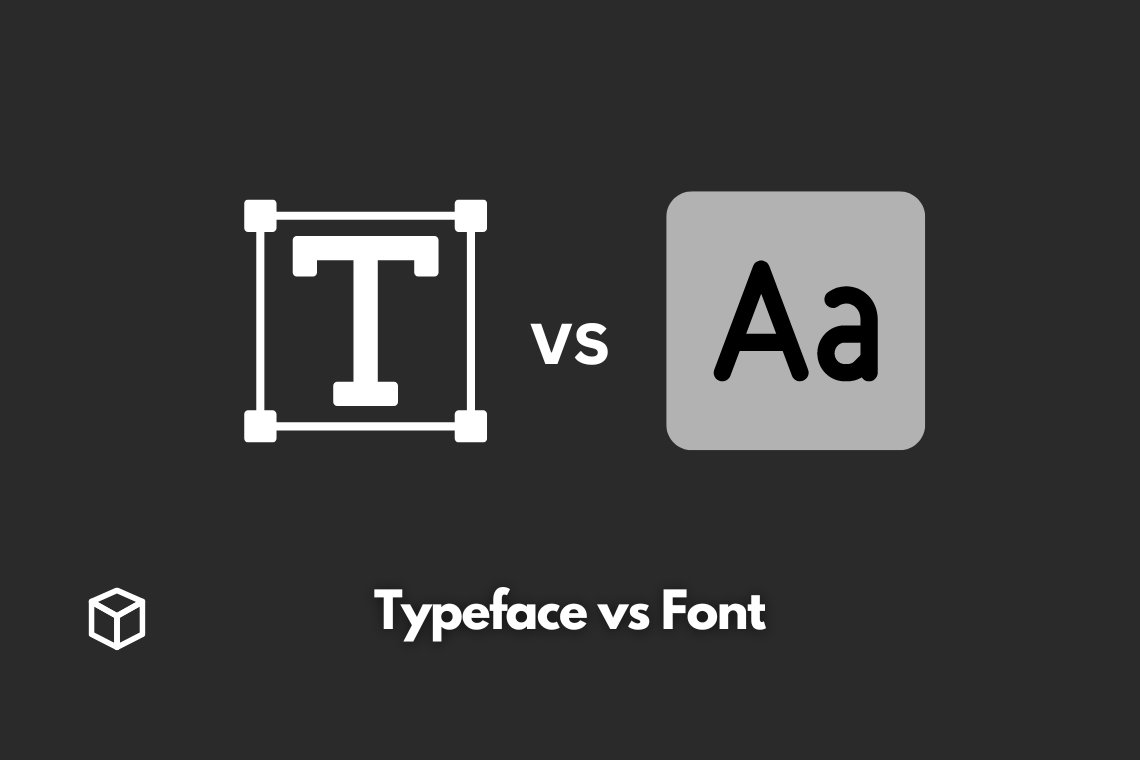When it comes to designing a project, one of the most important decisions you’ll make is choosing the right typeface and font.
But what’s the difference between a typeface and a font? And how do you choose the right one for your project?
In this article, we’ll explore the differences between typefaces and fonts, delve into the history of type design, and provide tips for choosing the right typeface and font for your project.
Introduction
Typeface and font are often used interchangeably, but they actually have distinct meanings.
A typeface is a design or style of lettering that encompasses all the variations of that design, such as bold, italic, and different sizes.
A font, on the other hand, is a specific version of a typeface that includes all the characters and symbols in that design.
Understanding the difference between typeface and font is crucial for effective typography, which can make or break a design project.
Typeface vs Font
To better understand the difference between typeface and font, let’s take the popular typeface Helvetica as an example.
Helvetica is a typeface that includes various font variations such as Helvetica Regular, Helvetica Bold, and Helvetica Italic.
Each of these variations is a different font within the Helvetica typeface.
Another example of typeface is Times New Roman and its different variations such as Times New Roman Regular, Times New Roman Bold, and Times New Roman Italic.
When comparing typeface and font, it is important to note that a typeface is a design and style of lettering, whereas a font is a specific version of that design.
Another key difference between typeface and font is that a typeface can contain multiple fonts and variations, whereas a font is limited to a specific set of characters and symbols.
The History of Typefaces and Fonts
The history of type design is fascinating and goes back centuries to the invention of the printing press.
In the early days of printing, each letter was carved by hand, making the process of printing books and other materials incredibly time-consuming and expensive.
With the invention of the printing press, typefaces were created to make the process of printing more efficient.
Over time, type design has evolved, with different styles and designs emerging.
With the advent of the digital age, typography has been revolutionized, with new technologies making it easier than ever to create and use different typefaces and fonts.
Today, there are countless typefaces and fonts available to designers, making it easier than ever to create unique and visually appealing designs.
Choosing the Right Typeface and Font
Choosing the right typeface and font for a project is crucial for effective design.
The typeface and font you choose should be appropriate for the project, whether it’s a branding project, web design, or print design.
When choosing a typeface and font, it’s important to consider the following:
- The overall style and tone of the project.
- The audience for the project.
- The purpose of the project.
- The medium in which the project will be presented.
For branding projects, it’s important to choose a typeface and font that represents the brand and is easily recognizable.
For web design, it’s important to choose a typeface and font that is easily readable on different devices and browsers.
And for print design, it’s important to choose a typeface and font that is legible and appropriate for the medium.
So that’s all for the differences between Typeface and Font.




